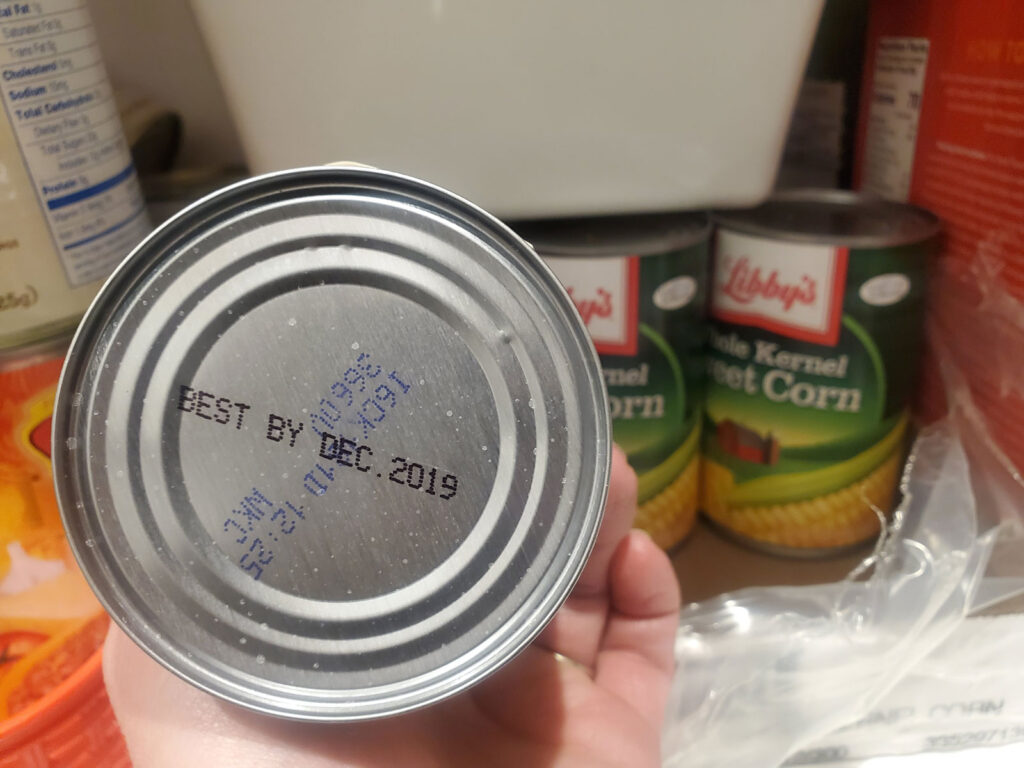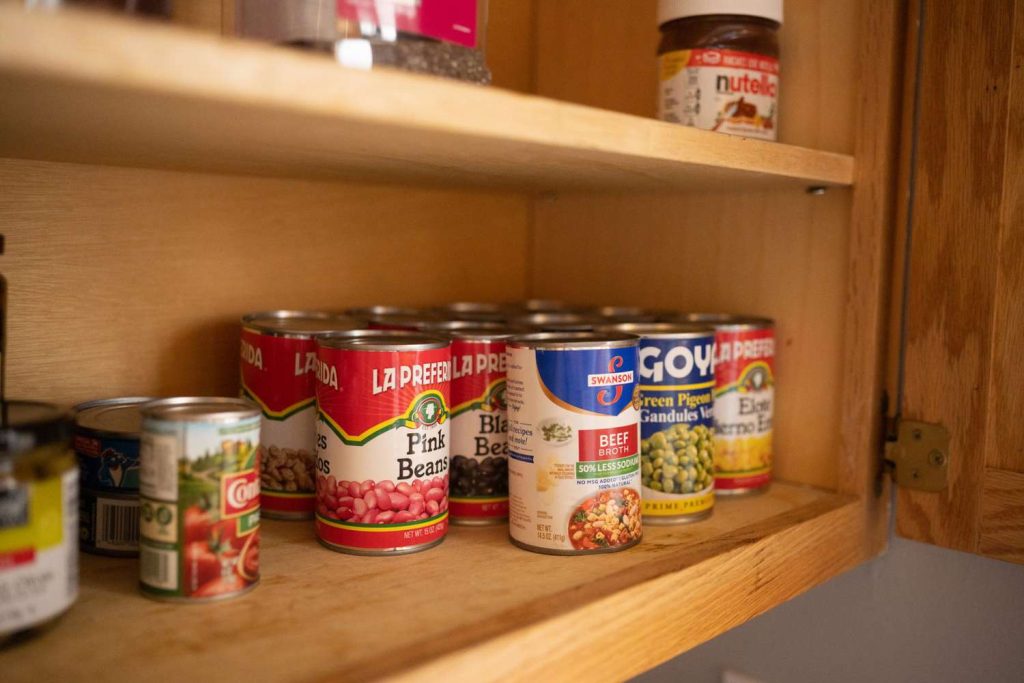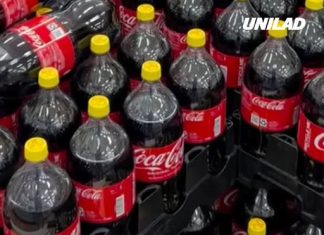Many consumers discard canned goods prematurely because they mistake “Best By” or “Best Before” labels for safety advisories. In reality, these dates reflect peak quality—not food safety. By understanding the difference, you can avoid unnecessary waste, save money, and still enjoy pantry staples long past their labeled dates
Not an Expiration Date
- Best Before / Best By: Indicates when the product is likely to taste, look, and smell its best
- Use By: Typically found on perishable items—eat by this date for peak quality
- Sell By: A guide for retailers—often still safe at home for days or weeks after the date
- For canned goods, “Best By” dates are about flavor and texture, not safety

Canned Foods Can Last for Years
If a can is properly sealed, stored, and undamaged, it can remain safe to eat for years beyond the date—sometimes 1–5 years, depending on acidity.
Examples include:
- Canned corn or green beans: Good for 1–2 years past “Best By” if stored cool and dry
- Canned tuna: Often good for 3–5 years beyond the label date
Signs You Should Toss It
Even with a legitimate date, always inspect the can before use:
Discard if the can is bulging, dented deeply, rusted, leaking, or there’s a “hiss” when you open it. After opening, smell and inspect: Unexpected odors, color changes, or off-texture mean it’s gone bad.
Compare with Perishables
By contrast:
Dairy, fresh meat, and fish: These rely on Use By dates and spoil quickly—trust your senses here over “Best By” labels
Eggs: Should be used by their best-before date (typically ~28 days after laying). Shelf-stable items like canned and dry goods are much more forgiving.
Smart Pantry Management
- Store right: Keep cans in a cool, dry place, away from temperature extremes
- Use FIFO: Rotate stock—place newer purchases at the back
- Rely on your senses: Appearance and smell are often more reliable than dates
- Donate smartly: Many food banks appreciate non-perishables near or even past best-by dates.
Why This Matters
Misunderstanding quality dates contributes significantly to food waste—studies show up to 33% of household food waste results from confusion over labels. Correct interpretation helps reduce both waste and your grocery bill.
Final Takeaway
Best Before/By = quality date, not safety.
- Canned goods can remain edible for years past these dates if stored properly.
- Always inspect cans for physical damage or spoilage before consuming.
- Perishables need caution; rely on dates and senses.
- Proper storage and rotation reduce waste and save money.
By understanding these labels—and combining them with common sense—you can eat smarter, waste less, and stretch your pantry far beyond what the can’s label suggests.

Conclusion
Understanding the real meaning behind “Best By” and “Best Before” dates can dramatically reduce food waste and save you money. These labels are not expiration dates—they simply indicate when a product is at its peak quality, not when it becomes unsafe. Canned goods, in particular, can last for years if stored properly and show no signs of damage or spoilage. By combining common sense, proper storage practices, and a bit of label literacy, you can confidently use food past its labeled date without compromising safety. So, before you toss out that can of beans or soup, check it carefully—chances are, it’s still perfectly good. Being informed is the key to a more efficient, waste-free kitchen.

















